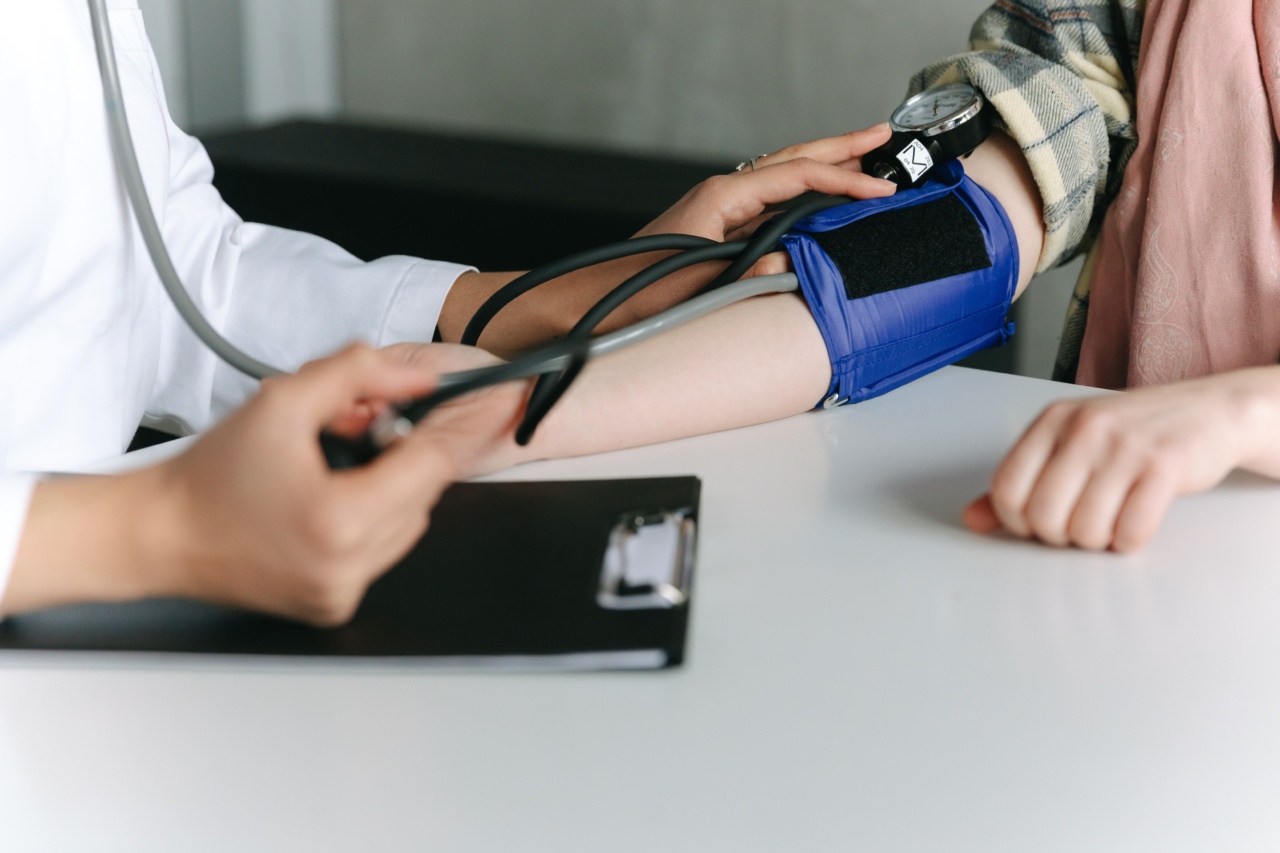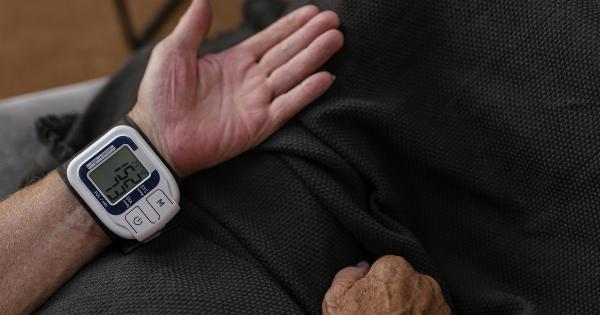Pulmonary arterial hypertension (PAH) is a progressive and debilitating condition that affects the blood vessels in the lungs.
It is characterized by high blood pressure in the pulmonary arteries, which are responsible for carrying oxygenated blood from the heart to the lungs. PAH is a rare disease, affecting approximately 15 to 50 individuals per million adults worldwide. Although it can occur at any age, it is more commonly diagnosed in young adults between the ages of 20 and 40.
Causes and Risk Factors
PAH can be classified into two categories: idiopathic (of unknown cause) or associated with other underlying medical conditions.
Some of the conditions associated with PAH include connective tissue diseases, congenital heart diseases, liver diseases, HIV infection, and certain medication use. In some cases, a family history of PAH may also increase the risk of developing the condition.
Symptoms and Diagnosis
The symptoms of PAH are often nonspecific and can be mistaken for other respiratory or cardiac conditions. Some common symptoms include shortness of breath, fatigue, chest pain, dizziness, fainting, and swollen ankles or legs.
Due to the nonspecific nature of these symptoms, PAH is frequently misdiagnosed or diagnosed at a late stage. To confirm the diagnosis, various tests may be conducted, including echocardiogram, pulmonary function tests, cardiac catheterization, and blood tests.
Pathophysiology
PAH occurs due to the narrowing and stiffening of the pulmonary arteries, leading to increased resistance to blood flow.
This narrowing is primarily caused by abnormal proliferation and constriction of the smooth muscle cells in the vessel walls, along with the development of lesions and clots. Over time, these changes result in elevated blood pressure in the pulmonary arteries, causing the heart to work harder to pump blood through the lungs. Eventually, the right side of the heart may become enlarged and weakened.
Treatment and Management
PAH is a chronic and progressive condition with no known cure. However, advancements in medical therapy have significantly improved the prognosis and quality of life for individuals with PAH.
Treatment options include medication to dilate the blood vessels, reduce inflammation, and prevent blood clots. In more severe cases, lung transplantation may be considered.
Additionally, lifestyle modifications such as regular exercise, a balanced diet, and the avoidance of smoking and excessive alcohol consumption can help manage the symptoms and slow the progression of the disease.
Complications and Prognosis
If left untreated or poorly managed, PAH can lead to several serious complications. These include right-sided heart failure, arrhythmias, blood clots in the lungs, and fluid accumulation in the abdomen or legs.
The prognosis for PAH has improved in recent years, with early diagnosis and appropriate treatment. However, the long-term outlook depends on various factors such as the underlying cause, the severity of the disease, and the individual’s response to treatment.
Research and Future Directions
Extensive research is ongoing to better understand the underlying mechanisms of PAH and develop more effective treatments.
Scientists are exploring new therapeutic approaches, including novel medications that target specific molecular pathways involved in the development and progression of the disease. Additionally, advancements in genetic testing may aid in early diagnosis and personalized treatment strategies for individuals with a genetic predisposition to PAH.
Patient Support and Resources
Living with PAH can be challenging, both physically and emotionally. Various support groups and resources are available to provide education, assistance, and a sense of community for individuals and their families.
These organizations offer information on treatment options, lifestyle recommendations, coping strategies, and financial assistance programs.



























